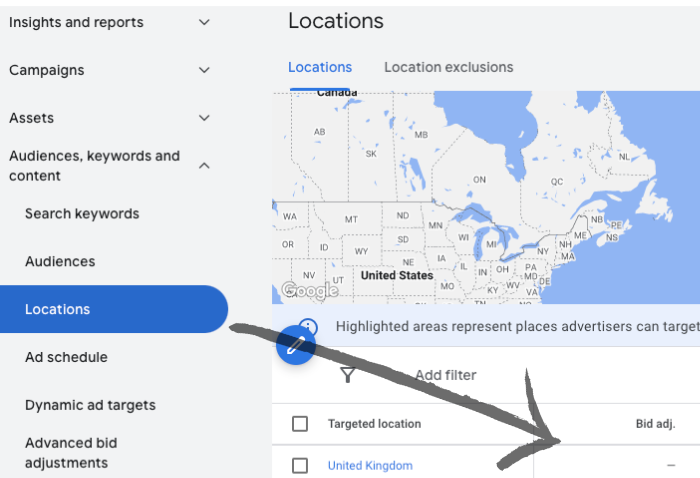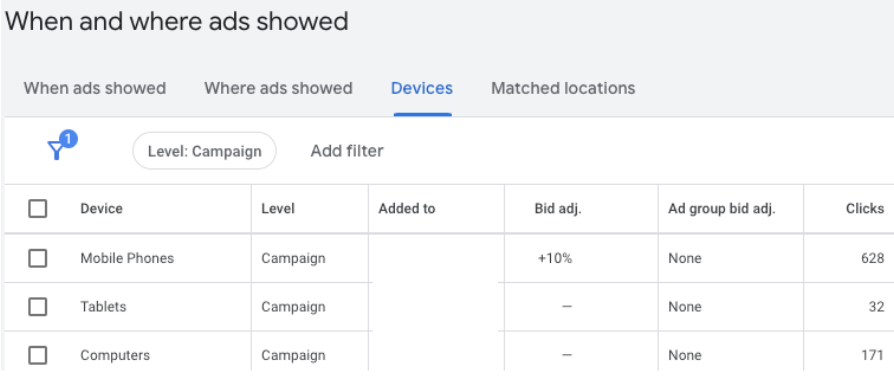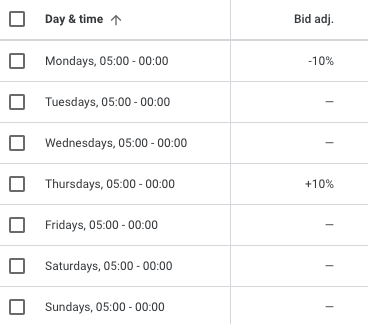With hundreds of ads being shown to us online, whether it’s through social media, email or search engines, it’s important to ensure that your ads are targeted to the right audience. With the help of various advanced segmentation techniques, we can help you effectively target your ads to reach the ideal audience.
In this blog, we will explore what advanced segmentation is and some of the common advanced targeting techniques. Let’s take a look at how you can use advanced segmentation to take your paid campaigns to the next level to achieve higher conversion rates.
Advanced segmentation allows advertisers to group audience data based on shared characteristics to deliver mass messaging to users based on which segment they fall under. This way, users have a more personalised, relevant online experience which encourages them to convert.
Typically, segmentation will fall under four main categories: geographic, demographic, psychographic and behavioural.
Geographic segmentation refers to a group of users based on their geographical location. For example, if you sell clothing for colder weather, geographic segmentation could be used to target UK audiences from December through to February and Australian audiences from June to August.
Demographic segmentation allows advertisers to target their audience based on demographic traits like age, gender, income, profession etc. For example, a high-end cosmetic brand might be targeted towards a demographic segment with a higher income as they’re more likely to purchase the product.
Psychographic data is among the most difficult for advertisers to identify. It focuses on the interests, hobbies and personality of the user, which would need to be obtained by conducting customer research.
Psychographic advertising could include ads for outdoor equipment for audiences who are interested in camping, for example.
Behavioural segmentation is one of the easier segments to implement as it is based on data that you already have access to. It involves grouping user elements like buttons clicked, pages visited and shopping basket value to name a few. An example of an ad that effectively targets the behavioural segment would be offering coupons to users who have spent a specified amount of money.
Now that we’ve explained what the main segmentation types are, let’s take a look at some of the advanced targeting techniques that can be used to further enhance the effectiveness of your paid campaigns in Google Ads.
Geotargeting uses geographic segmentation to show ads to users based on their geographical location.
If you’re ads are performing better in specific regions or countries, you can either adjust which countries your ads are showing or you can adjust the bid to appear more frequently in the locations that are likely to convert.
To adjust your location bid to maximise return on investment (ROI), navigate to the campaign that you want to edit > Audience, keywords and content > Locations.

Device targeting allows advertisers to target users based on the device that they’re using. It’s a vital technique that can be used to optimise your ads based on the specific devices being targeted.
For example, if an ad performs better on mobile devices, you could bid higher for those devices as you know that they’re more likely to convert.
To adjust your bid based on the device to improve the user experience, performance and ROI, navigate to Campaign > Insights and Reports > When and where ads showed. You can then analyse the performance of the ad on each device, adjusting the bid where necessary.

Time-based targeting uses behavioural segmentation to show the ads to the target audience when they are most likely to be searching for your products or services.
You can also use time-based targeting to maximise the chances of your audience converting. For example, a teaching supplies store might have more conversions during the week than they would on a weekend, so the bid should be increased during the week to increase ROAS.
To adjust time-based bids, navigate to the campaign you want to adjust > Audiences, keywords and content > Ad schedule and create or adjust days and bids.

Using behavioural segmentation, remarketing allows advertisers to show ads to users who have already interacted with your site. By using cookies to track previous interactions on your site, retargeting is an effective way to remind users about your product or service.
Remarketing is incredibly effective as it can be used across various channels, often has a lower cost per acquisition (CPA) and increases familiarity with your brand, making it a popular advanced targeting technique for many businesses.
The key to any successful paid advertising campaign relies on strategically implementing advanced segmentation techniques to maximise reach and conversion rates. At Proof3, our paid specialist team can help you optimise your ad performance to get the most out of your marketing campaigns. If you want us to help with your paid advertising efforts, drop us a line.
